In a "Dateline" special event Saturday, the broadcast investigates the disappearance of four different people across the country.
• May |
Will Jennifer be found? (Edie Magnus, Dateline correspondent)
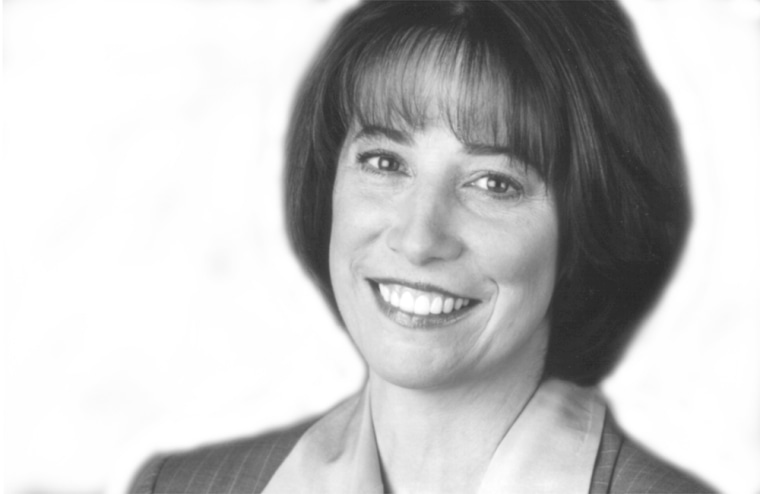
Meeting Joyce and Drew Kesse is yet another reminder for all of us about how hard— if necessary— it is to experience other people’s pain up close and personal. Their daughter Jennifer has vanished—yet somehow in the midst of their grief and pain, they have enough energy to go out every single day and ask the world for help. To say that I admire them is the understatement of the year. I literally cannot imagine the path they have to walk.
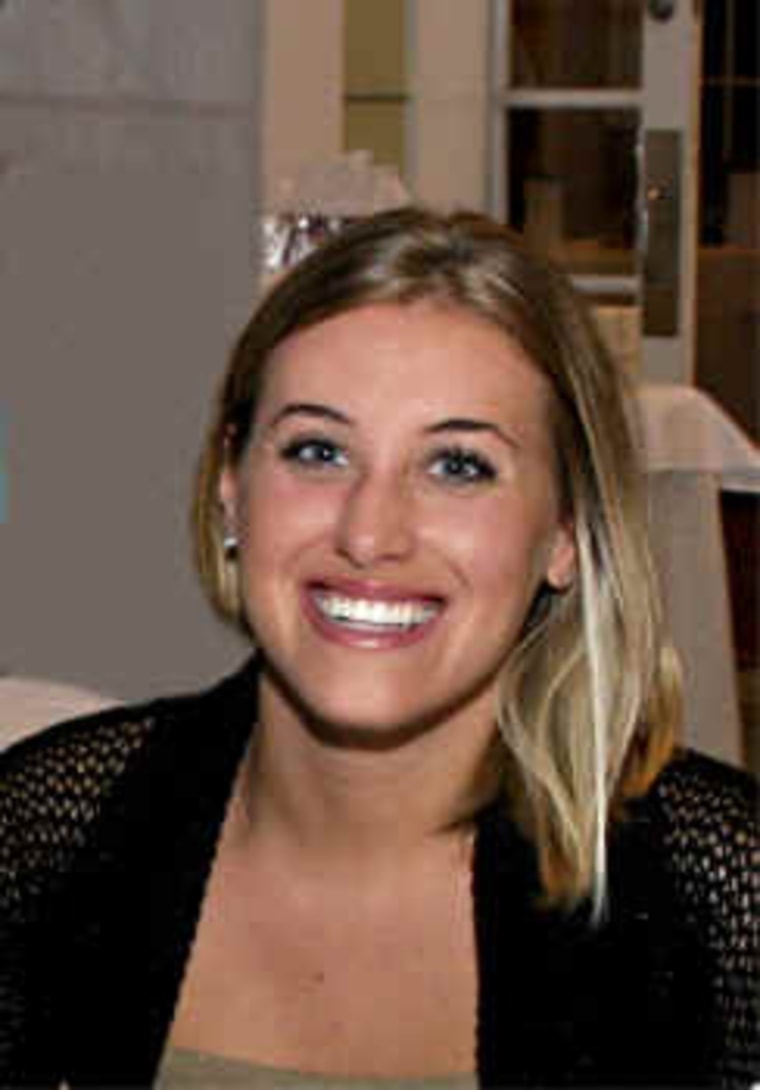
The story is also a lesson in the promise and the limits of technology. Yes, there are crucial photos from a security camera serendipitously placed so as to capture Jennifer’s car being dumped in a parking lot. But as you’ll see, those pictures don’t show enough to actually break the case open. There’s a possible witness. They hope by showing his picture that he (or she, they can’t really tell) will come forward. It’s been 100 days. It hasn’t happened.
And yet the Kesses bear up and move on—more TV appearances, more flyers, more hope and determination in the face of the very long odds of Jennifer’s survival. Do you know, they found time to e-mail us to thank us for being with them? They remembered not just our names (producer Bob Gilmartin and me) but also the names of our crew. With what they’re going through?
If you watch—and think you know something—there’s a tipline where you can leave an anonymous tip called crimeline (800)- 432-tips. And there’s a Web site you can link to: .
As with all of these heartbreaking stories, one cannot but wish for a happy ending here.
• May 12, 2006 |
Missing DA in Pennsylvania (Sara James, Dateline correspondent)
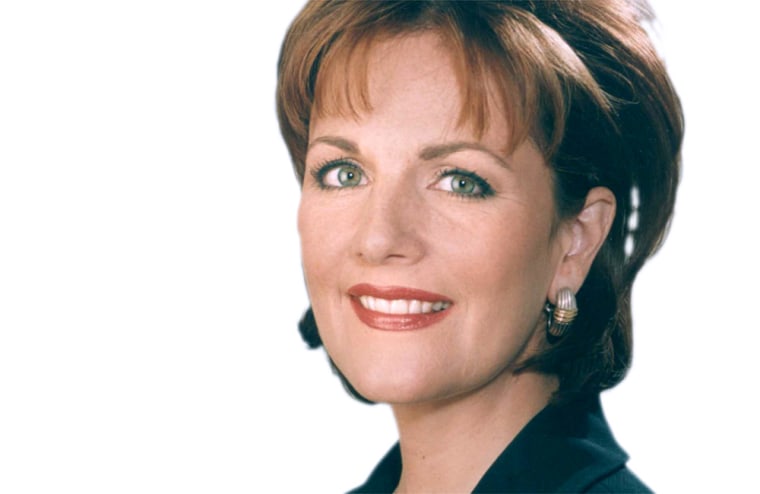
Producer Rebecca Haggerty and I were enchanted by Bellefonte, Pennsylvania. From the picturesque Victorian architecture to the warm, welcoming people, this is the kind of charming town where "nothing ever happens, " lifelong resident Patty Fornicola told us. Except something did. The boyfriend she lived with for three years vanished more than a year ago. And 59-year-old Ray Gricar wasn't just anyone, but the District Attorney of Centre County. Those searching high and low for Ray Gricar are his colleagues and friends, and being unable to provide an answer has left them both perplexed and vexed. Did he run away to start a new life? Did he commit suicide? Or was this lawman murdered? Authorities simply don't know.
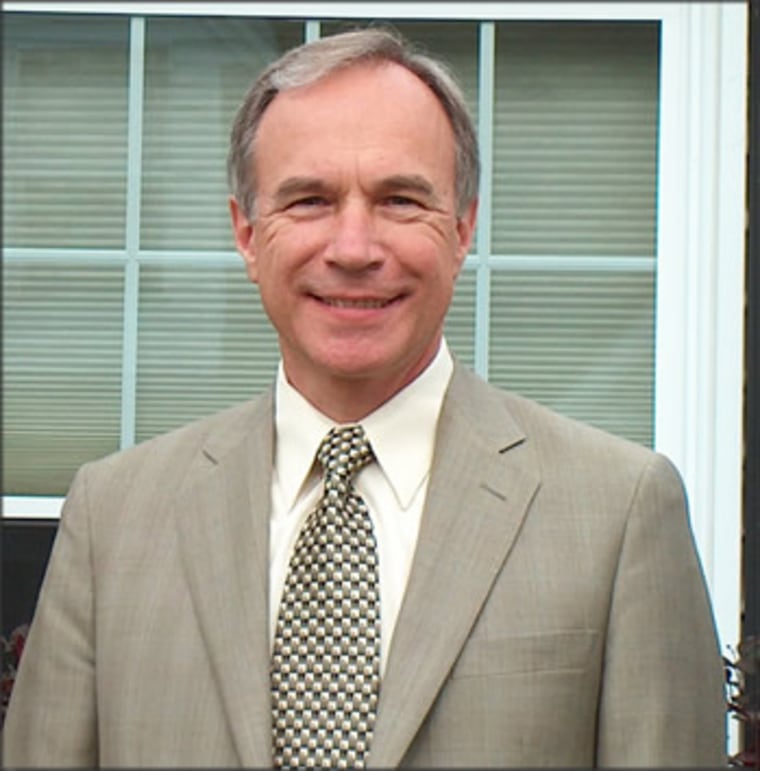
I can't imagine the agony of having someone I love just disappear. Not knowing where they are, what's happened to them. A vigil with no end in sight. For Patty, for Ray's daughter, Lara, for all the friends and acquaintances who have spent countless hours searching, I hope there are answers. And soon. Police have followed hundreds of leads, to no avail. And while this case is filled with dead ends, there are a few tantalizing clues which perhaps you could help police follow. On the day he disappeared, Gricar was spotted talking to a tall, dark haired woman. Who is she? Why hasn't she come forward? If you know something about the identity of that mystery woman, I hope you will call. And there's also a report of a man who appeared to be a construction worker, smoking a cigarette, seen talking to a man in a red Mini Cooper, possibly Gricar. If so, who was the man?
One reason I became a reporter is because I'm obsessed with getting answers. That's true in every story I cover. It's especially true this time, because I could see etched into the faces of all those I met how agonizing it is to be left with only uncertainty. Because more than a year later, the questions remain. What happened to Ray Gricar? Where is he? All police know for sure is that he is one of the missing.
Do you have information regarding the disappearance of Centre County, Pennsylvania District Attorney Ray F. Gricar? Call Bellefonte Police Department at (814) 353-2320.
• May 12, 2006 |
Lake Huron mystery

One of the great things about reporting for Dateline is that you have the opportunity to spend an entire hour on one subject. And when that subject is an unsolved mystery, there’s a good chance someone will see that story, come forward and provide new information that could help find the truth. This is precisely what happed after on two young lawyers who went on a Northern Michigan boat trip that ended in tragedy.
Lana Stempien and Chuck Rutherford were young, successful and at least on the surface seemed to be in love. Lana, a striking blond who owned her own powerboat was experienced on the water. She and Chuck shared a lot of time on the vessel “Sea’s Life” and so it was no surprise that the couple decided to take the boat from the Detroit area to Mackinac Island, a popular vacation spot.
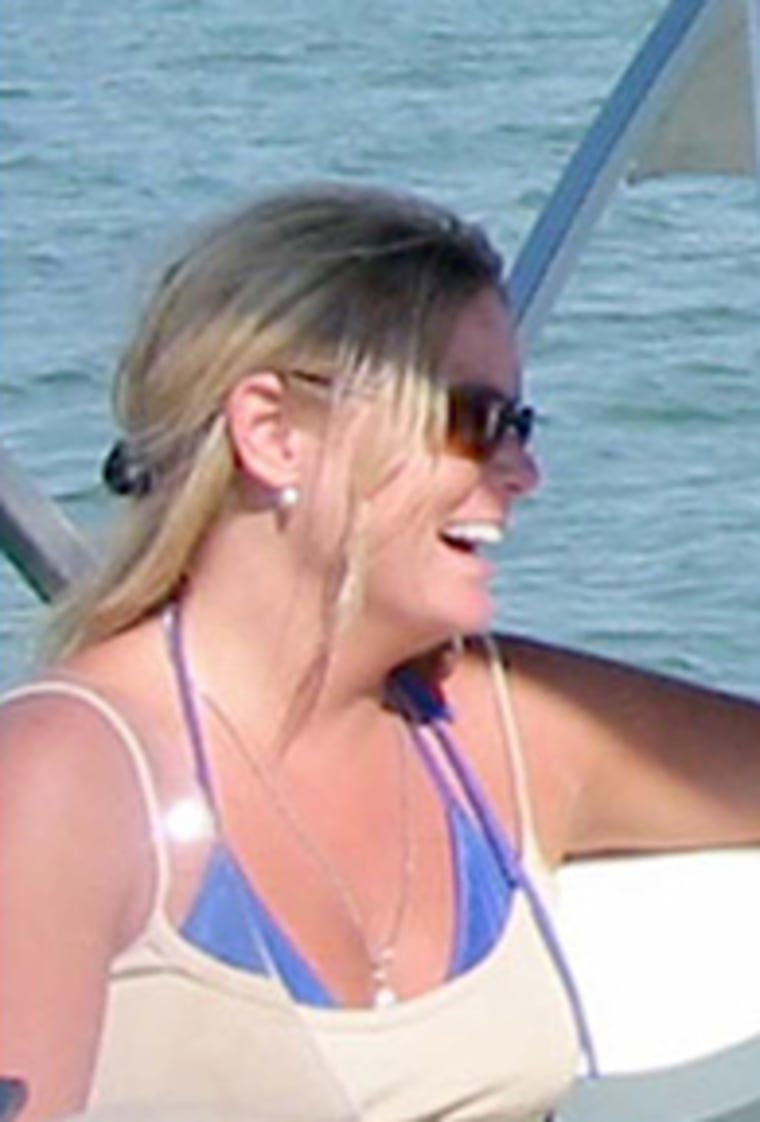
But something happened along the way that would leave Lana dead, Chuck missing and the “Sea’s Life” bobbing in the choppy waters of Lake Huron with it’s engine running and radio still playing. As a boater and someone who grew up in Michigan, I was instantly interested in the story.
Since we first broadcast our story last January new witnesses have come forward and new leads are being followed. The story prompted two sisters to contact us. They now say they saw Lana’s boat around the time the she and Chuck first went missing. This is critical because it will now allow authorities to have a better idea where to search for clues.
You’ll hear from the sisters now for the first time as they, and other witnesses, help us to find out what really did happen to Lana and Chuck.
• May |
No answers in a daughter's disappearance (Rob Stafford, Dateline correspondent)
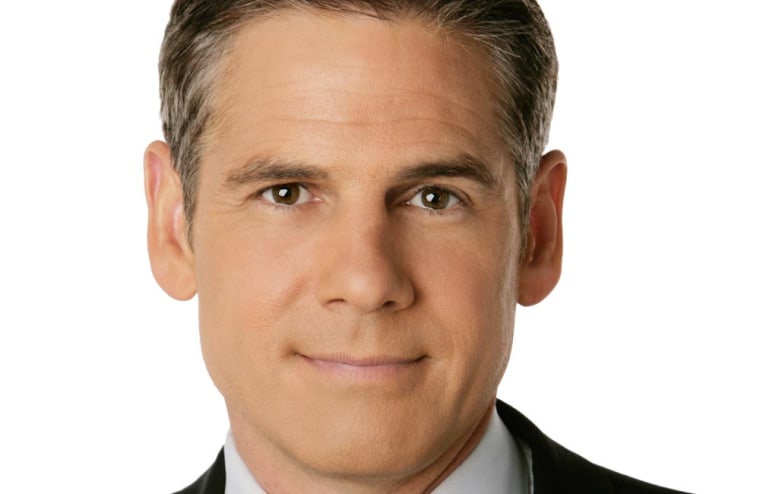
It took almost two hours to drive from Memphis to the town of Jackson, Tennessee. A winding rural road led to the home of Leon and Hazel Pearson. They’ve been living through a terrible ordeal for more than four years, but they greeted me with warm smiles and the kind of hospitality for which this part of the country is known. They thanked us for telling their daughter Cherryl’s story. They pray that someone watching will provide the clue that solves the mystery of Cherryl’s disappearance.
Cherryl was 37 when she vanished. Her parent’s modest home is filled with pictures that chronicle her impressive life. As a child, she was diagnosed with severe diabetes but that never stopped her from getting a degree in chemical engineering and then going onto medical school. She became a pediatrician and her experience as a juvenile diabetic and her love of children gave her the perfect touch with her anxious young patients.
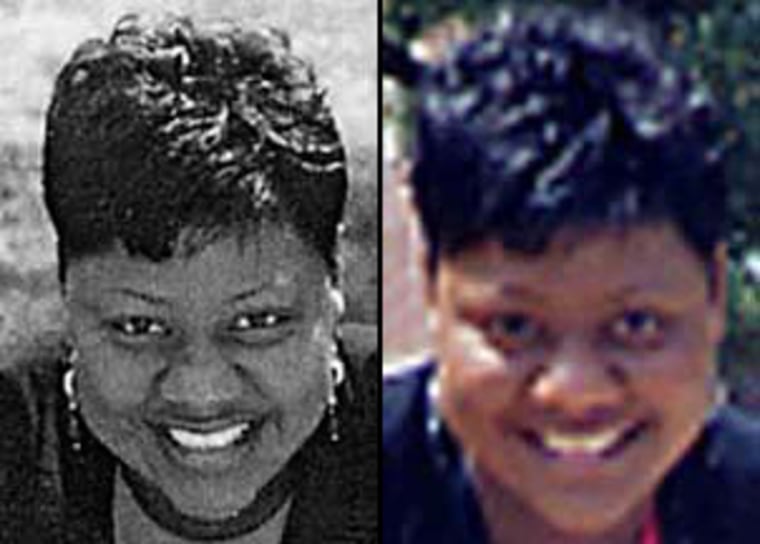
As the Pearsons sit down for the interview, it’s clear they enjoy sharing the memories of the daughter they miss so much. Mr. Pearson was incredibly close to Cherryl. They used to talk about sports and movies and he, a retired school principal, was obviously proud of her academic achievements.
“She was outgoing, studious,” he said. “She liked putting together puzzles and games that had a little mystery about them.”
Police have been trying to put together the pieces of this puzzling mystery for four years. Cherryl was last seen in the wee hours of Saturday January 5, 2002, when two friends who have been visiting left her home. At short time later, at 1:58 a.m., someone called her house from a pay phone a half mile away. The call lasted 5 seconds. Was it simply a wrong number? Was an attacker checking to see if she answered? There was no sign of a struggle at her home. A few days later, Cherryl’s car was found in the parking lot of a nearby apartment complex. Her car keys and doctor’s bag were locked in the trunk. $140 in a bank envelope was left near the front seat. The car was wiped clean. No ones fingerprints, not even Cherryl’s, were found inside.
Investigators will sort through the clues in our story Saturday night. They have questioned people who were close to Cherryl but have not named any suspects. Her parents say she had no enemies.
No matter where the investigation leads, no matter what the outcome, the Pearsons are desperate to find out what happened. After so many years of worry, they don’t expect a happy ending. They’re simply hoping for any ending at all.
To provide info on Dr. Cherryl Lamon Pearson, call 901-382-MONY (6669).
• May 10, 2006 |
There are always surprises in 'Predator' investigations (Chris Hansen, Dateline Correspondent)

It is without a doubt the most elaborate undercover house we’re ever had. 13 hidden cameras record every move our visitors make, from the moment they drive down the street, until they come face to face with me and then, later are arrested by Ft. Myers police after leaving the house. It’s a good thing too we had all those cameras and angles, because based on the characters who showed up, you wouldn’t want to miss a second of what happened.
9:03 p.m.
The first man you'll meet tonight comes to our house to be with a 15-year-old girl named Jolanda he thought he had met online. Jolanda was really a decoy from the online watchdog group Perverted Justice. 49-year-old Michael Wilusz makes himself right at home. There are freshly-baked chocolate chip cookies on the counter where the decoy asks Wilusz to wait. He picks one up and starts eating it. I am consistently surprised by how some of these men react when instead of meeting a teen they meet me. Take Wilusz for instance. In his online chat, he talks about how young girls like Jolanda don't come along often and how they'd have to keep their relationship a secret because of their age difference. When I confront him though he makes it sound like he was just there for the cookies, tosses one of them onto the table and says he's leaving for the beach. As you are about to see however, Wilusz won't be getting much sun on this day.
9:10 p.m.
It is not easy for a lot of these men to travel from where they live to our undercover house. Here in Florida we see guys who go to great lengths to meet a teenage girl or boy. David Schumacher dupes his sister into driving him to our house after he has a sexually charged conversation with someone who told him she was a 14-year-old girl. The whole time you are watching me talk to Schumacher, his sister is waiting in the driveway with two kids in the car. It turns out Schumacher apparently doesn't drive himself much any more. He's already been convicted of leading police on a chase while driving a stolen car. He's also been convicted twice of battery, most recently in January. While I am talking to him though, I know none of this. He does mention later that he's familiar with law enforcement. He turns out to be one of the chattiest guys we've ever met.
In fact, as you're about to see, he never stops talking. And wait until you see how he reacts when I tell him I'm with Dateline. It's a television first for us.
• May 11, 2006 |
Is an ethanol revolution coming? (Stone Phillips, Dateline anchor)
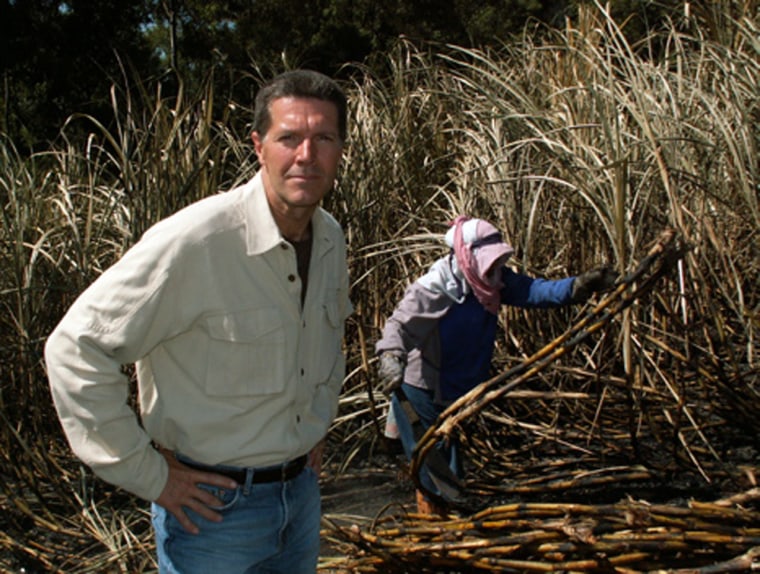
Before I started working on , I was one of those Americans who thought ethanol was that fad fuel from the 1970's that never caught on. In fact, the ethanol industry produced 4 billion gallons of corn ethanol last year and expects to top 5 billion gallons in 2006. Much of this ethanol is being used to boost the octane rating in our gasoline. (Adding more ethanol to the blend is how premium gasoline is made.)
But the talk now is of shifting from ethanol as an additive, to ethanol as a replacement for petroleum-based fuel. And the person who may know more about the business, technology and potential of ethanol than anyone else in the country says making that shift is "brain dead simple." Vinod Khosla is a venture capitalist, a bio-medical engineer and an ethanol evangelist, who's been briefing political and business leaders all over the country. Talking with him has convinced me that an ethanol revolution may well be coming. Flex-fuel cars, capable of running on ethanol, gasoline or any mix of the two, are already here and don't cost consumers a dime more. And a new generation of ethanol technology is on its way.
In this country today, we make ethanol from corn, a process that has become far more efficient over the years, but still has its drawbacks. One problem is the energy-in versus energy-out equation. Currently, for every unit of energy required to make corn ethanol, we only get about 1.3 units out. That's not a very favorable energy balance, especially compared to the 8-to-1 ratio they're getting from sugarcane ethanol in Brazil. Plus, a huge increase in corn ethanol use could affect U.S. food prices. But all that is about to change with technology.
With the new cellulosic approach, we will be making ethanol from all kinds of plants, including easy-to-grow prairie grasses that don't deplete the soil and require little or no fertilization or irrigation. And when using corn, we won't be limited to the kernels; instead, we'll process the whole plant —stalk, leaves and all. The process involves the use of enzymes or bacteria to break down the cellulose in plants to create feedstock, which will then be put through the traditional fermentation process that results in ethanol.
Khosla, a highly successful venture capitalist with an eye for innovative technology, is investing in some of these new technologies right now, which he believes will lead to an ethanol production process with a 10-to-1 energy balance, or better. And how much of America's farm land will be needed to replace the oil we use for gasoline consumption? Khosla estimates that it would take about 55 million acres. To put that in perspective, the U.S. has more than 70 million acres in soybeans alone.
The more I learn about ethanol, the more I wonder if we're not on the verge of an energy revolution. If so, this could be as big as any story I've covered. Just as the events of 9-11 changed how we guard our cities and protect ourselves, a new generation of ethanol may soon change the way we gas up our cars and protect the earth. Maybe we really can break our addiction to oil, slash prices at the pump, strengthen our national security, send jobs to rural America instead of the Middle East, and save the planet all at the same time?
That would be a pretty big story, wouldn't you say?
Click here for . Can your . A database of U.S. and Canadian gas stations that sell ethanol can be found .